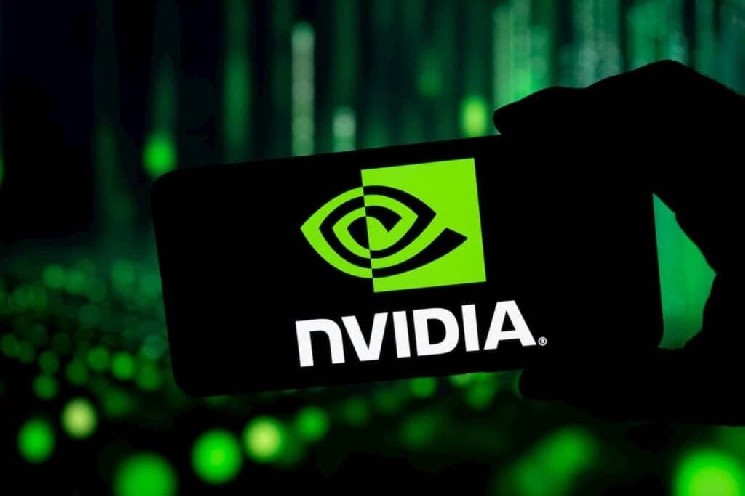
⚈ Successive chip innovations like Hopper and Blackwell have driven performance and adoption.
⚈ Strong Q4 results and 2025 guidance reflect continued growth from AI dominance.
Investors who bet on Nvidia (NASDAQ: NVDA) when the company first released its artificial intelligence (AI)-focused chip are now reaping extraordinary returns.
Notably, Nvidia launched the Tesla P100, its first semiconductor explicitly designed for AI workloads, on April 5, 2016.
At the time, AI was still in its early stages, primarily confined to academic research and experimentation, while real-world applications like today’s generative AI models had yet to emerge.
Now, investors who had the foresight to invest $1,000 in Nvidia at that point, when shares traded at just $0.89 (split-adjusted), would see their investment grow exponentially.
With Nvidia stock closing the last session at $116.65, the initial $1,000 would be worth approximately $131,067, a staggering return of over 13,000%.
Nvidia’s AI chips roadmap
The Tesla P100, based on Nvidia’s Pascal architecture, packed 15 billion transistors into a 610-square-millimeter die, roughly three times more than most processors on the market at the time. It marked the beginning of a new era for Nvidia and AI computing.
Since then, Nvidia has developed its AI chip portfolio, with each generation aiming to meet expanding AI demands. The technology giant’s GPUs have become the backbone of AI training, driving a significant surge in the company’s market value.
The key milestones include the Hopper H100, which quickly became the industry’s gold standard, and Blackwell, whose early samples are already shipping.
At the same time, the company recently unveiled the Blackwell Ultra GPU, designed to power the next generation of AI and high-performance computing in what Nvidia calls the “Age of Reasoning.”
CEO Jensen Huang noted that Blackwell’s AI training and inference capabilities could require up to 100 times more compute, pointing to sustained future demand.
Nvida AI chips’ financial rewards
Meanwhile, these technological advancements have brought substantial financial rewards. For instance, Nvidia reported fiscal Q4 revenue of $39.33 billion, surpassing analyst expectations of $38.05 billion. Adjusted earnings per share hit $0.89, beating the projected $0.84.
Looking ahead, Nvidia has guided first-quarter 2025 revenue to around $43 billion, implying a 65% year-over-year growth. Blackweel is expected to contribute a big chunk of this revenue.
Featured image via Shutterstock
